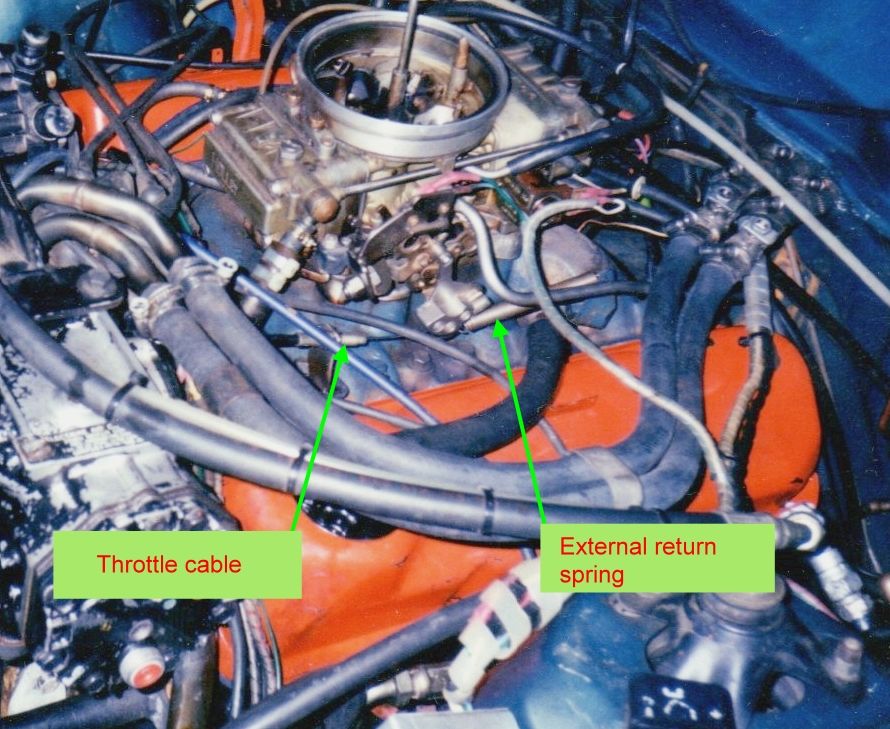I don't know what the shop manual says about it but at one time I used the Boss 302 idle solinoid on the Holley set up and it absolutely pushes the throttle open to the extent you have it adjusted to.
It is there, in my case, to close the throttle more then the standard idle adjustment screw setting.
The reason is that in order to get the idle lean enough for emissions, the factory set up tended to have the car run on after the ignition was turned off. In many cases this would mean the carb would dump a noticeable amount of unburned fuel into the intake manifold.
That was negative for a few reasons. 1) it tended to flood the engine on hot restart 2) as a result it tended to foul the spark plugs 3) would show negatively on the idle tail pipe emissions test which eventually came in California first in '75, then the US in '76.
The solenoid is definitely strong enough to set the idle position by just turning on the ignition switch. Absolutely.
You set it cold because it works in conjunction with the choke cold fast idle positioning.
Most people don't get that right to begin with. That cold fast idle is supposed to be 2,200 rpm and most try to set it down thinking it is too high.
That's where the problems start, particularly on the BB cars with automatic transmissions. Customer complaints were that you couldn't stop the car when it did that.
Manual transmission cars theoretically don't have that problem BUT I know of one Pantera that was totaled out at the dealer, by the dealer because of this in White Plains back when the car was new.
The location of the engine in this case makes the Pantera very difficult to work on to get it right right off of the bat.
These set ups were already installed on the engines as delivered to DeTomaso and Ford told them to leave them alone and install the engine the way they got them, so no work on the idle was supposed to be done on them.
IF they got modified it would have been due to what the dealer's service department did in relation to a customer complaint.
When the engine gets "rebuilt" after the fact and everything was disassembled, that's where these issues come in. There are a lot of connections that need to be done as designed otherwise you are in for a living Hell.
There are very, very few "original stock" Panteras left for a reason. Sane people got rid of these set ups YEARS ago.
Only an anal S&M master would demand it to be put back to stock. S&M costs the customer way over the standard rates in this shop!



